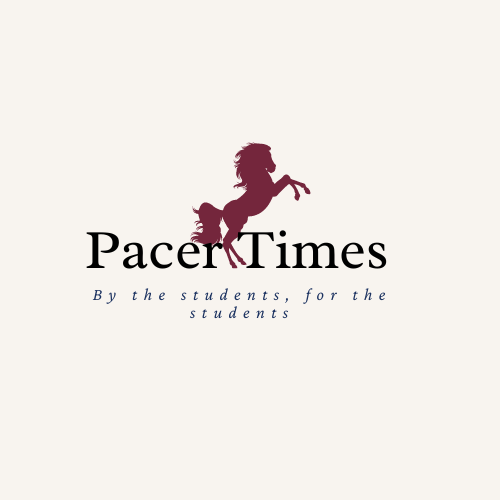Universities approach pandemic with varying methods
Universities across the nation are facing the same reality as USC Aiken: How can the school promise delivery of higher education in a safe and effective manner?
“For many U.S. colleges, COVID-19 poses an existential threat: either they open their doors to students in September or they suffer severe financial consequences,” wrote David Paltiel and Rochelle Walensky, chief of infectious disease at Massachusetts General Hospital.
Paltiel and Walensky created a hypothetical model of the safest and most cost-effective courses of action for universities offering face-to-face instruction.
The study, not yet peer-reviewed but approved for publication, considered a population of 5000 college students and analyzed three scenarios of epidemic models with varying frequencies of screening and test specificity along with the costs of each model.
The results indicate that frequent testing “… of all students with a low-sensitivity, high specificity test will control outbreaks with manageable isolation dormitory utilization at a justifiable cost.”
A separate study illustrated the variety of instructional delivery methods in public universities, USCA is included in this data analysis as part of the hybrid delivery group.
Image courtesy of Davidson College’s College Crisis Initiative (C2i)
The majority of schools are conducting classes in primarily online delivery. The second most popular method, disregarding undetermined, shows the opposite. Hybrid delivery is the third-highest model utilized by colleges.
In conjunction with a variety of instruction models, universities also have individualized approaches to keeping the coronavirus at bay. Like USCA, some universities have partnered with local medical facilities to provide testing for students and faculty. Others have created isolation areas for infected and exposed students, and some have utilized campus resources to run labs.
While most universities have opted for testing only symptomatic students, contrary to the urged approach by researchers Paltiel and Walensky, current guidance from the Centers for Disease Control remarks that there is not yet enough evidence of testing on college campuses to determine whether or not it is useful.
In accordance with CDC and local government policies on mitigating the spread of COVID-19, public businesses have increased sanitation as well as implementing policies that encourage mask-wearing and social distancing markers on floors and walls.
“The campus is deploying primary public health controls to slow the transmission and reduce disease impact associated with COVID-19,” reads the Ready Set Return document, found on USCA’s website. The 106-page document details the campus’s plan to mitigate the spread of COVID-19.
Strategies such as “testing, contact tracing, isolation, and quarantine” are included in the control measures to be taken.
Testing will be offered “… throughout fall semester for symptomatic students and employees on an appointment basis from 10 a.m. to 1 p.m. Monday through Friday,” according to the document.
Universities are also grappling with data supporting the reopening of campuses, citing that being together is crucial to student intellectual development and mental health.
Large gatherings, though, pose a threat to campus and local communities. Some colleges have threatened expulsion for students known to socialize in groups without practicing safety guidelines.
Paltiel expressed his sentiment on the financial and “existential” threat COVID-19 poses: “I’m painfully aware that what we’re recommending may be beyond the reach of many, if not most, of the universities in the country. But if you can’t see your way logistically or financially towards implementing this strategy, then you should be asking yourself if you have any business reopening.”







